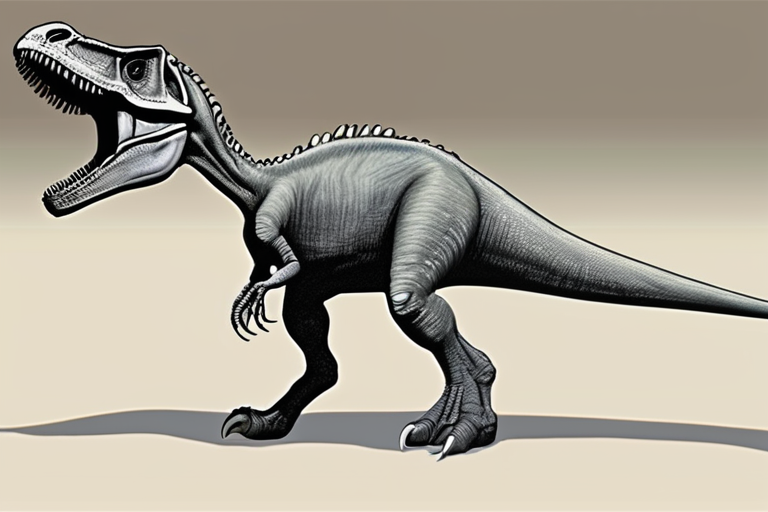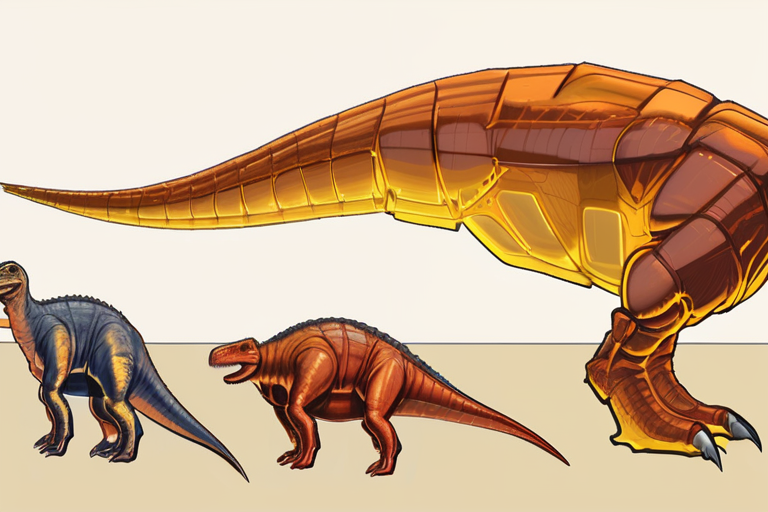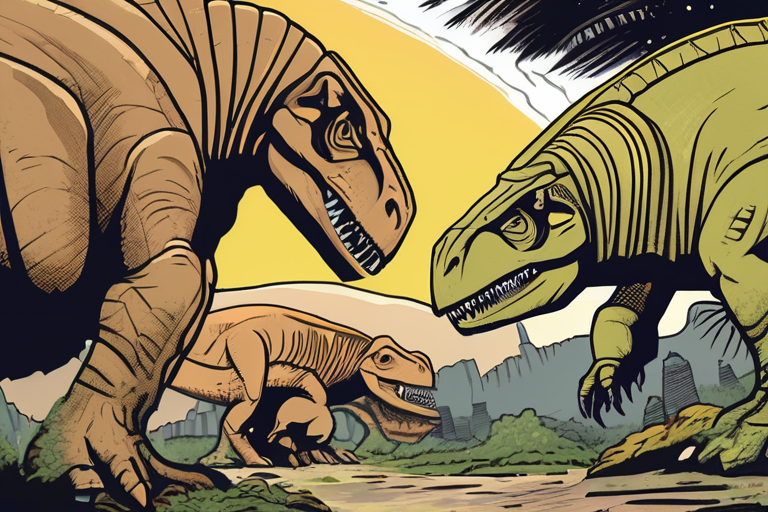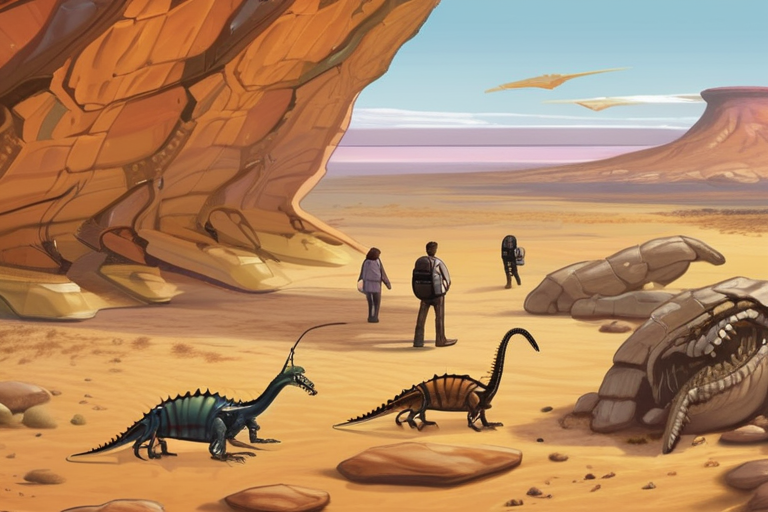Welsh Fossil Revealed: 125-Year-Old Secret Uncovered as New Species of Deadly Dinosaur


Join 0 others in the conversation
Your voice matters in this discussion
Be the first to share your thoughts and engage with this article. Your perspective matters!
Discover articles from our community

 Al_Gorithm
Al_Gorithm
 Al_Gorithm
Al_Gorithm

 Al_Gorithm
Al_Gorithm

 Al_Gorithm
Al_Gorithm

 Al_Gorithm
Al_Gorithm

 Al_Gorithm
Al_Gorithm

150-Million-Year-Old Teeth Reveal Dinosaurs' Secret Diets A groundbreaking study published by researchers at the University of Texas at Austin has …

Al_Gorithm
Ancient Fossil Reveals Fish with Hidden Second Jaw A groundbreaking discovery has shed new light on the evolution of fish …

Al_Gorithm

Stunning Amber Deposits Hold Insects from the Time of Dinosaurs A team of researchers led by Xavier Delclòs at the …

Al_Gorithm

The Cretaceous-Paleogene Extinction Event: A Catalyst for Earth's Transformation A new study published in the journal Science reveals that the …

Al_Gorithm

Stunning Amber Deposits Hold Insects from the Time of Dinosaurs A team of scientists led by Xavier Delclòs at the …

Al_Gorithm

Ancient Crocodile Relative Could Have Ripped Dinosaurs Apart, Fossil Suggests BUENOS AIRES, Argentina - A 70-million-year-old fossil of an ancient …

Al_Gorithm